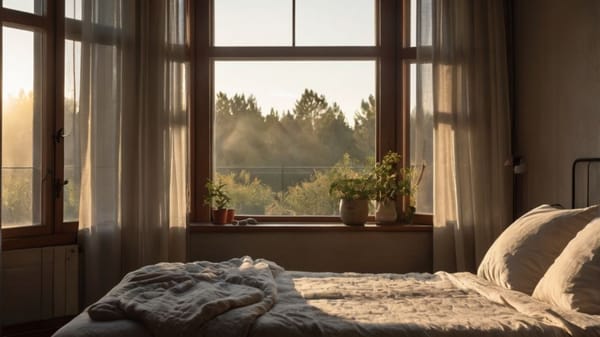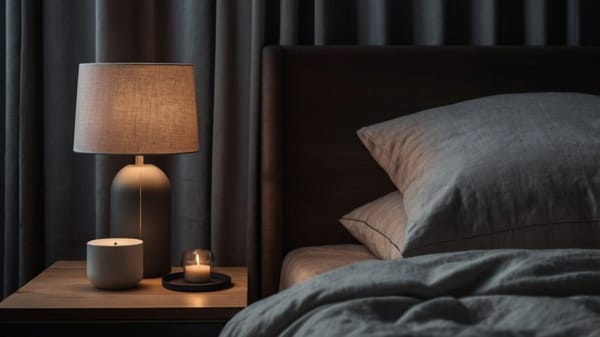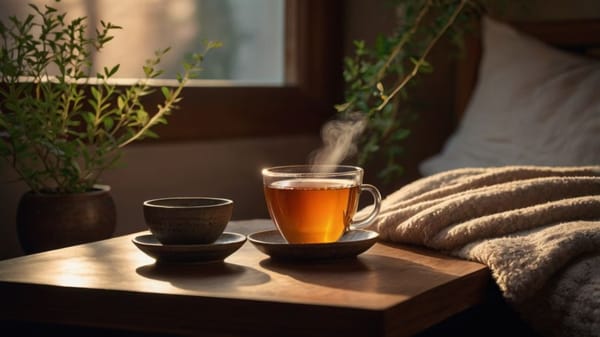The Role of Light Exposure in Your Sleep Quality
Unlock better sleep by mastering your light exposure. Simple, science-backed habits to boost energy, recovery, and mental clarity—starting today.
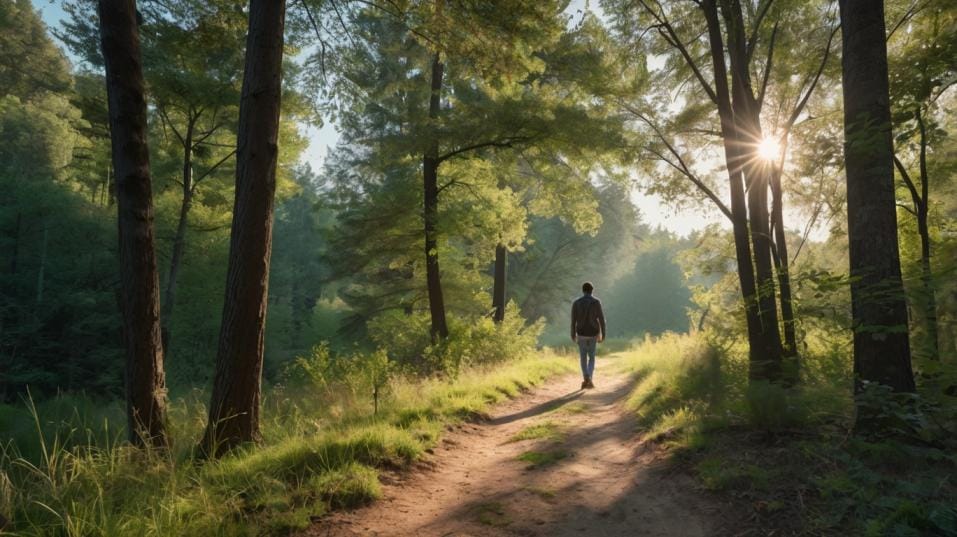
What if fixing your sleep was as simple as changing how you use light? You don’t need fancy gadgets or a complete lifestyle overhaul. You just need to master the right light at the right time.
When you do, sleep stops feeling like a struggle and starts becoming your body’s natural engine for sharper focus, faster recovery, and real energy. Let’s break down the science—and the simple habits—you can start today.
How Light Controls Your Sleep: The Real Science
Your sleep cycle isn’t random. It’s wired into your biology, ruled by a master internal clock called the circadian rhythm.
This rhythm runs on a roughly 24-hour loop and decides when you feel alert, when you start to crash, and how deeply you sleep.
The biggest influencer of this clock? Light. More specifically, the way different types of light at different times of day hit specialized cells in your eyes called intrinsically photosensitive retinal ganglion cells (ipRGCs).
These cells aren’t about vision—they’re about signaling. They shoot information straight to the brain’s suprachiasmatic nucleus (SCN), the region that sets your body's timing systems.
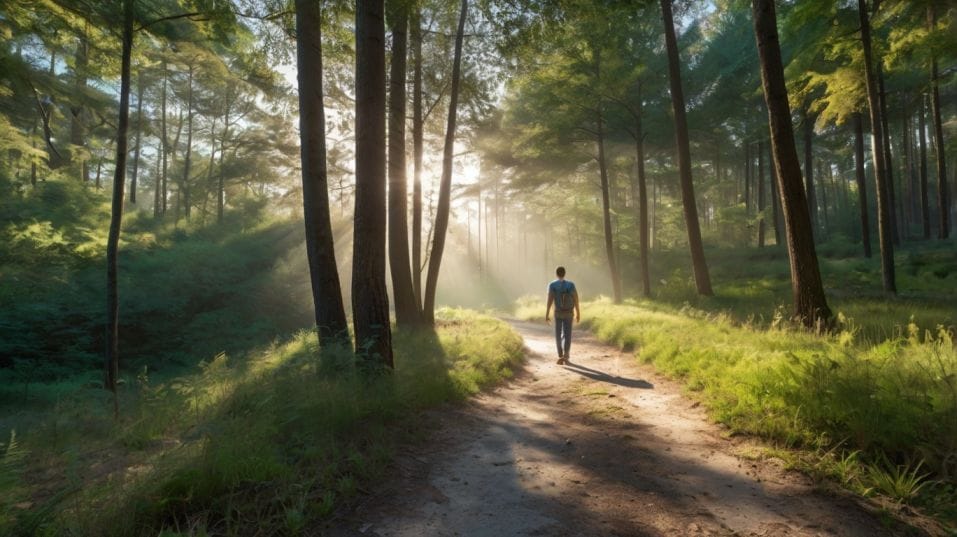
Morning light (especially blue-enriched light) sends a strong "wake up" signal, boosting cortisol and dialing down melatonin.
In the evening, fading light lets melatonin rise, calming your body and mind toward sleep. Break this cycle—by sitting inside all day or scrolling TikTok until midnight—and you confuse your brain’s entire operating system.
Good sleep isn’t just about feeling less tired. It’s the foundation for muscle recovery, emotional regulation, immune strength, cognitive sharpness, and metabolic health.
When your light environment is off, everything from your workouts to your mood suffers. When it’s dialed in, you’re a machine.
How to Master Light for Better Sleep (Without Overcomplicating It)
You don’t need to move to a cabin in the woods or live like a medieval monk. You just need smarter light habits, built into the day you’re already living.
Morning: Chase Natural Light Fast
Your #1 priority after waking up? Get outside. Not "look out a window," not "turn on the kitchen light"—actually be under the sky. Even on cloudy days, natural outdoor light smashes indoor lighting in intensity.
Indoor bulbs usually clock around 100–500 lux. Step outside? You're getting 10,000+ lux without even trying.
Getting this light within the first hour of waking slams the reset button on your circadian clock. It locks in your cortisol rhythm, boosts your morning energy, and tells your brain, "we're awake for real now."
It also anchors your melatonin release 14–16 hours later, making it easier to fall asleep when you need to.
You don’t need to stare at the sun or sunbathe. A brisk walk, a coffee on the porch, even sitting by a bright window with the glass open helps. 5–15 minutes is great. More is better.
Pro tip: If you're up before the sun (hello, early risers), flip on as many bright indoor lights as you can until daylight catches up, then transition outside as soon as you can.
Afternoon: Stay Lit, Stay Active
As the day rolls on, you want steady, strong light exposure to keep your rhythm robust. If you work indoors, take breaks outside.
Walk to lunch. Park farther from the building. Sit near windows when you can. More daytime light exposure builds a stronger “contrast signal” between day and night in your brain.
Moving your body also reinforces this rhythm. Light plus movement equals a stronger wake signal. So if you’re stuck inside, add a few quick walk breaks—or at least stand up, stretch, and look outside every hour or so.
Evening: Fade the Light, Prep the Brain
When the sun goes down, your environment should shift. Drop the brightness.
High-intensity light at night, especially in the blue and white wavelengths, wrecks melatonin production. Your brain sees that light and thinks the sun is still out, blocking your ability to slide naturally toward sleep.
Start dimming indoor lights a couple of hours before bed. Shift to warmer tones—lamps, salt lights, candles. Skip harsh overheads. If you’re using screens, turn on "Night Shift" or "Warm Mode" settings to tone down the blue blast.
Blue light-blocking glasses can help, but don’t treat them like magic shields. They’re a support, not a solution. Your goal is less light intensity overall, not just filtered light.
Real-world tip: Think like you're prepping for a movie night. Cozy, low lights. Warm colors. Relaxed vibe. You’re signaling your body that it’s time to slow down, not hit one more mental sprint before bed.
Night: Embrace Darkness Like a Champion
Once you’re in bed, darkness matters—a lot. Even tiny amounts of light can interfere with your melatonin flow and shift your brain toward wakefulness.
Total darkness means blackout curtains. Tape over annoying LED glows. No nightlights unless you’re genuinely tripping over furniture. If you can’t black out the room, a good sleep mask is a brutally simple, effective fix.
Nocturnal bathroom trips? Keep a super-dim, warm-toned light (like a red night light) instead of flipping on regular lights. Red wavelengths have the least impact on your sleep hormones.
Bottom line: If your room looks lit enough to read without strain, it’s too bright for optimal sleep.
Final Thoughts
Light is your most powerful, underrated tool for building better sleep—and it’s completely in your control. Get natural, outdoor light early. Build strong daytime brightness. Cut evening light sharply. Sleep in real darkness.
These aren't complicated moves. They're small shifts that stack up fast, and they’re backed by some of the strongest sleep science out there.
Start simple. Tomorrow morning, step outside for 10 minutes. Tonight, dim the lights earlier. Don’t wait for perfect conditions. Better sleep isn’t something you stumble into by accident. It’s something you shape.
Take control of your light. Take control of your sleep. Start now.

